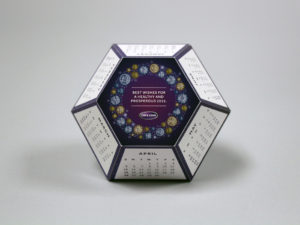In the lead up to the New Year, we put our heads together to share our vision for the year ahead. Here are a few trends we think will be shaping our marketing in 2019.
Video Marketing
Let’s face it: humans are visual creatures. Colors, graphics, movement and story lines capture our attention, especially when it comes to marketing. Take Facebook, for example. With the unveiling of their new Facebook Portal, we’re seeing commercials and ads that showcase the product as a small, but essential, character in people’s lives. And it isn’t the only one. Brands like HP, Google, Airbnb, Nike and Everlane, to name a few, have all jumped on the bandwagon that is authentic video storytelling.
But video creation is no longer only for brands with big budgets. Any good marketing campaign should be designed to trigger an emotional response, and video has consistently proven itself as an effective way to do this. According to this report by Cisco, video will make up more than 85% of all consumer internet traffic in the USA by 2020. What’s more, video marketing has zero signs of slowing down.
So what’s a brand to do? Whether you’re just getting started with video marketing or you want to up your video marketing’s “wow factor”, give our Video-in-Print Brochure a try.
The Netflix Effect
OK, so this may not be a real thing (yet), but what we’ve dubbed “The Netflix Effect” will continue to inform content and brand marketing into 2019. Four parts. Ten episodes. What’s working for streaming services like Netflix, Amazon and Hulu will work just as effectively for branded content if done right.
Strategically planning out and delivering your brand’s story in a way that plays to consumers’ interests and attention spans isn’t just great for them, it’s great for your company’s bottom line. To do this, leverage micro-targeting and new content delivery platforms and technologies.
Artificial Intelligence
Content will be more and more automated. Text aside, brands like Sephora, Starbucks and Apple are already automating their marketing using mapping, facial recognition and chatbots to aide in handling customer service interactions. As consumers crave increasingly more personalized and contextual messaging from the brands, publications and companies they support, this trend will continue to extend beyond marketing into automated news reporting, customer service, business intelligence, etc.
Engaging Audiences
We’ve really loved to see the evolution of how brands are engaging with their audiences. From Audi to the US Postal Service, virtual reality and augmented reality have proven themselves as important tools that bridge traditional print with evolving forms of media and technology. They’re so effective, in part, because of their immersive qualities – AR and VR have a unique ability to involve consumers in brand’s storytelling, creating a faster (and often stronger) sense of connection between the two.
Merging Old School + New School
Believe it or not, what’s tried and true are staples for a reason. That’s why direct mail still has value.
Here’s the thing: everyone likes getting mail. That is, when it’s personalized, unique, relevant and valuable to the recipient (not a bill…). With all of the technological advancements in automation and digital marketing, direct mail has actually proven to be more valuable if done right. In fact, response rates for direct mailers have risen to as high as 5%, more than four times that of digital.
So, don’t shy away from old school marketing like postcards, brochures and catalogs. Rather, use these formats (if they work for your brand) in an intentional way that is both relevant and valuable to the recipient. Use data to inform your content and think outside the box when it comes to choosing a design.
Don’t know where to start? We recommend taking a look at our Flapper, Pop Up Cube and Extendo.
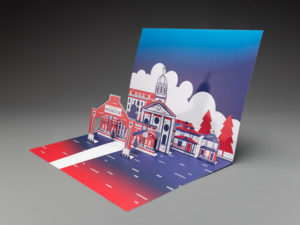
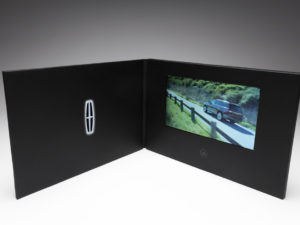
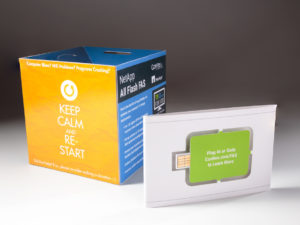
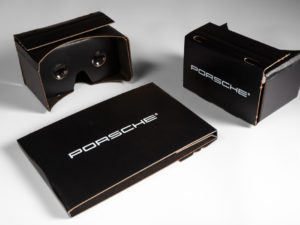
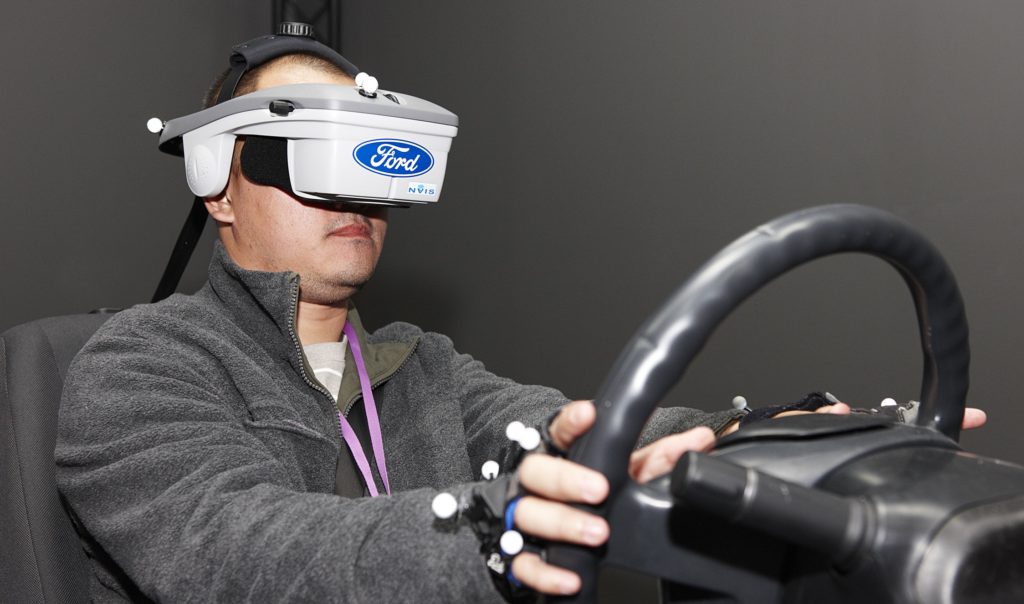
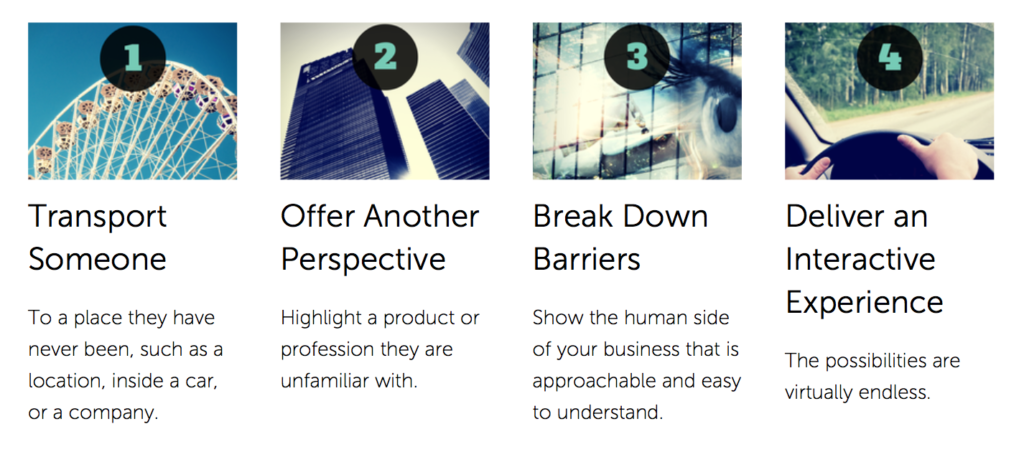 How are Virtual Reality Headsets Different Today?
How are Virtual Reality Headsets Different Today?

